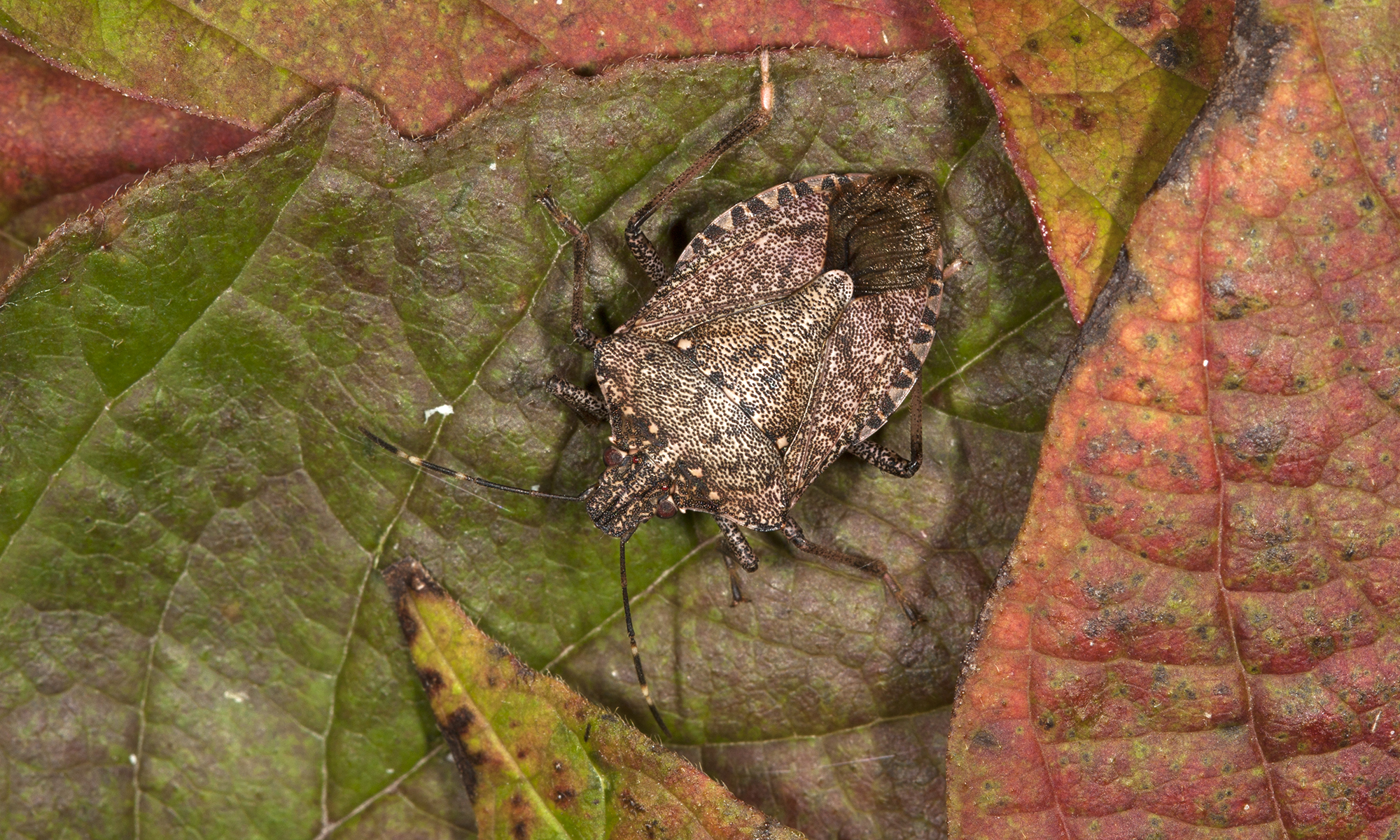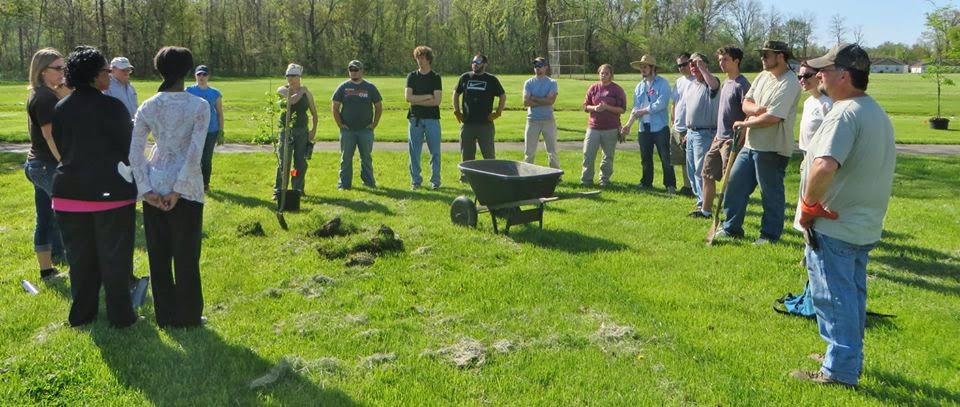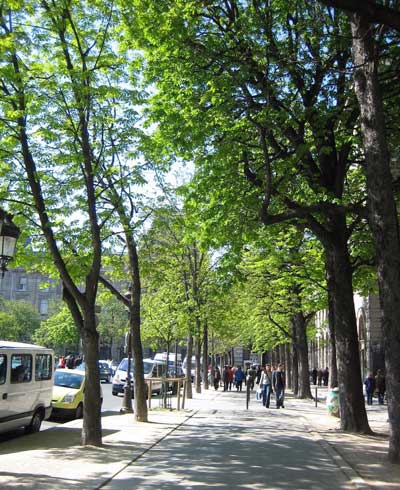IN THIS ISSUE:
Crayfish
http://hyg.ipm.illinois.edu/article.php?id=561
Crayfish become a nuisance in turfgrass when they burrow in high moisture soil, creating chimneys at the burrow openings. These chimneys, made of balls of clay soil that bake in the sun, become very hard. Hitting them with a mower dulls the blades and may even kill the mower’s engine.
Lilac/Ash Borer
http://hyg.ipm.illinois.edu/article.php?id=562
Lilac borer and ash borer, Podosesia syringae, is susceptible to control in southern Illinois. Insecticidal application will be effective in one to two weeks in central Illinois, and a couple of weeks after that in northern Illinois.
European Pine Sawfly
http://hyg.ipm.illinois.edu/article.php?id=563
European pine sawfly larvae are present throughout the state feeding on Scotch, mugo, and other two and three needle pines. The larvae grow to about one inch long with dark and lighter green stripes. They have large black heads. Sawfly larvae can be distinguished from caterpillars by having six or more pairs of prolegs.
Modified Growing Degree Days (Base 50°F, March 1 through May 8)
http://hyg.ipm.illinois.edu/article.php?id=564
Insect development is temperature dependent. We can use degree days to help predict insect emergence and activity. Degree day accumulations are slightly behind the 11-year average.
Illinois Invasive Species Awareness Month
http://hyg.ipm.illinois.edu/article.php?id=565
The Illinois Wildlife Action Plan’s Invasive Species Campaign is sponsoring the 2014 Illinois Invasive Species Symposium. This event is a one-day, all-taxa symposium that features a great lined up of speakers to give presentations on invasive plants, diseases, insects, and animals.
They’re Baaacckk – Brown Marmorated Stink Bugs are Beginning to Make Their Presence Known
http://hyg.ipm.illinois.edu/article.php?id=566
The sun has been shining, the temperatures have begun to warm, the landscape is turning into a rainbow of color – life is good! That is, until you notice the stink bugs crawling in or near your house.
Gymnosporangium Rusts on Eastern Red Cedar
http://hyg.ipm.illinois.edu/article.php?id=567
Three common Gymnosporangium rusts affect trees in Illinois landscapes: Cedar-apple rust, Hawthorn rust, and Quince rust. These pathogens require two hosts to complete their life cycles. The most damaging stage occurs on deciduous hosts within the Rosacea family. Infections to deciduous hosts occur during the spring and become evident later in the season.
Bad Weeds and Bad Neighbors
http://hyg.ipm.illinois.edu/article.php?id=568
Plants can bring out the best and worst in people. Every year, I hear about struggles that neighbors have over weeds not being controlled or perhaps being controlled in the wrong manner.


